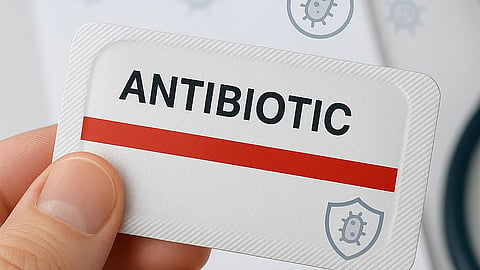The Causes Behind the Crisis
Antibiotic resistance is driven by a multitude of factors. Misuse, such as taking antibiotics when not needed, like for viral infections, accelerates the development of resistance. Additionally, other contributors include skipping doses or sharing medications, allowing bacteria to adapt and thrive in the face of treatment. Interestingly, spontaneous mutations in bacterial DNA also play a role, as do transmissible resistances, making it vital for individuals to practice caution and hygiene.
Combating Antimicrobial Resistance: A Collective Responsibility
Addressing antibiotic resistance requires decisive action. The Union Health Ministry advocates for better hygiene practices and vaccination to bolster community immunity against infections. It is crucial for individuals to only take antibiotics when prescribed by healthcare professionals and to adhere to all recommended vaccines. For example, the pneumococcal vaccine is essential for vulnerable populations, including young children and the elderly.
Regulation and the Road Ahead
The Indian government's efforts to combat antibiotic resistance include regulatory practices such as the Schedule H1 provisions and awareness campaigns like the Red Line Campaign. However, recent studies reveal a concerning lack of awareness regarding these regulatory measures among both healthcare providers and patients. Alarmingly, only a small percentage of healthcare professionals can identify the significance of the red line on antibiotic packaging, highlighting a critical need for improved education and enforcement.
Conclusion: A Call for Awareness and Action
As the health community grapples with the complexities of antibiotic resistance, the empowering message is clear: awareness and education are paramount. The question remains, how can we cultivate a culture of responsible antibiotic use and improve our collective understanding of this pressing health issue? In an age where every prescription can carry significant implications for public health, ensuring that antibiotics are used wisely may be our best defense against a future where treatable infections become deadly.
References:
1. Patel, Amrita, Ravi Sharma, Dipika Gupta, and Sunil Rao. “The Role of Schedule H1 and ‘Red Line Campaign’ in Improving Antibiotic Dispensing Practices in India.” Journal of Family Medicine and Primary Care (Published online April 2022). https://www.ncbi.nlm.nih.gov/pmc/articles/PMC9480811/.
(Rh/Dr. Divina Johncy Rosario/MSM/SE)


